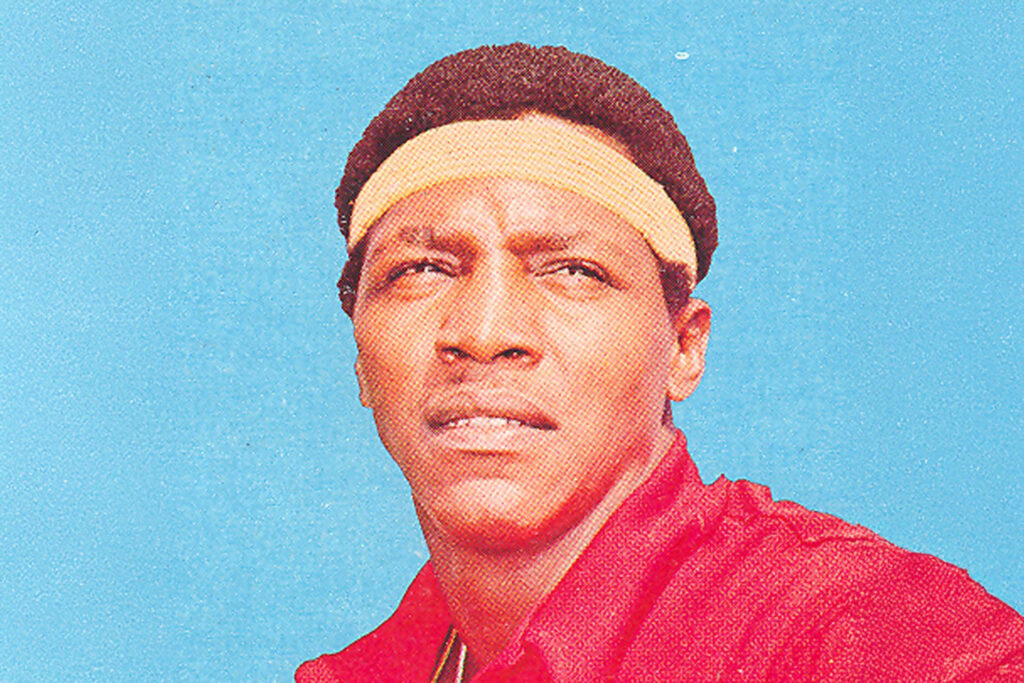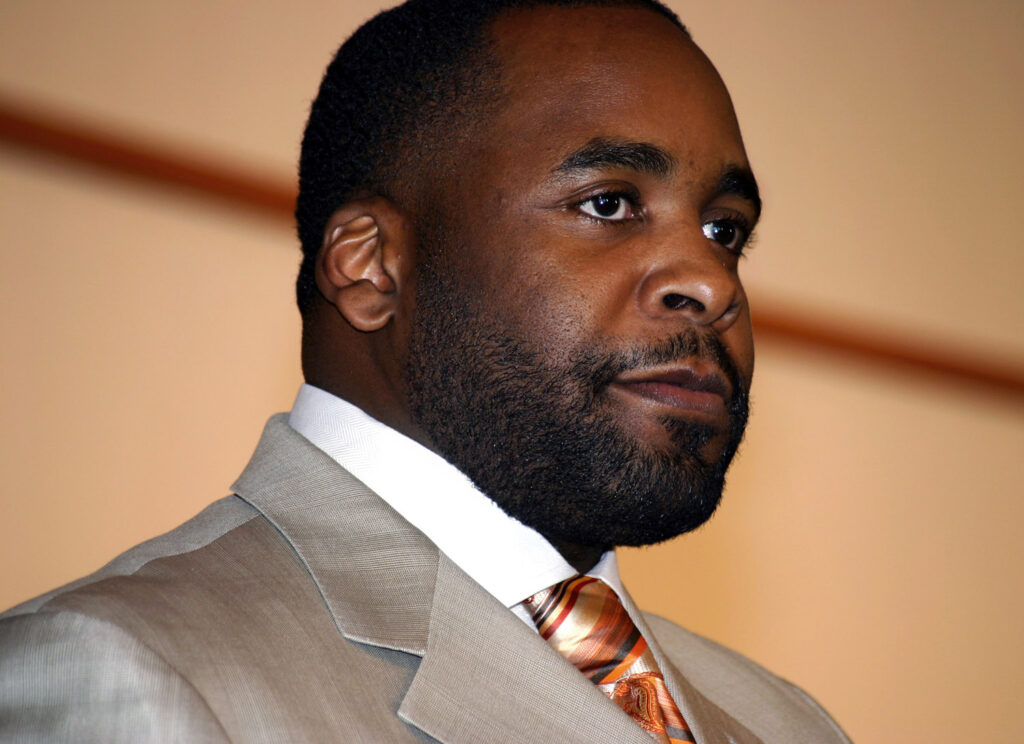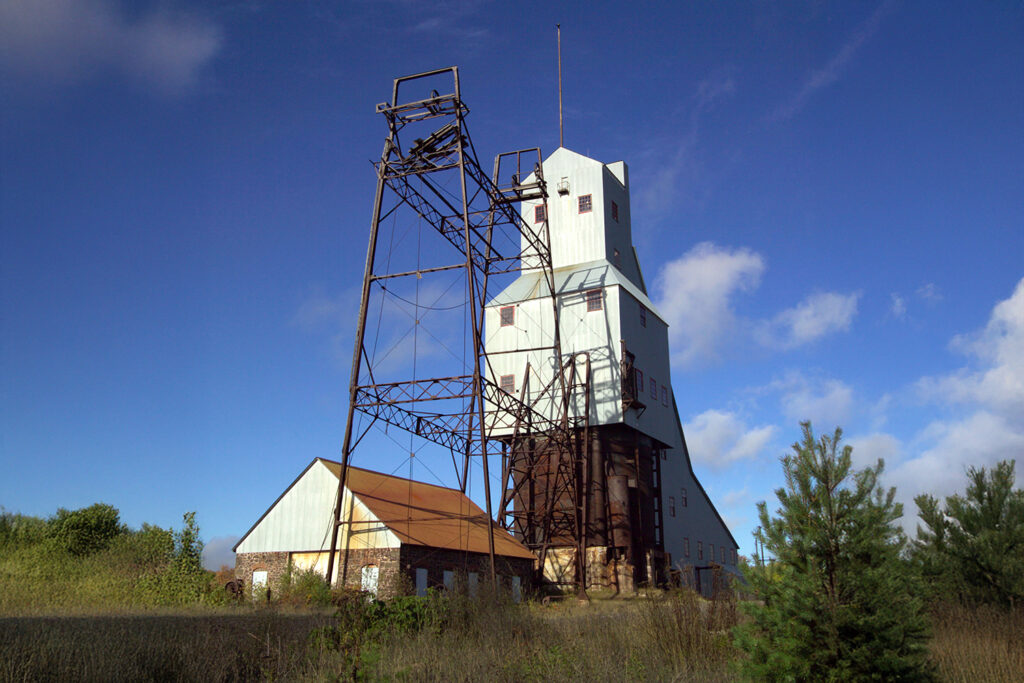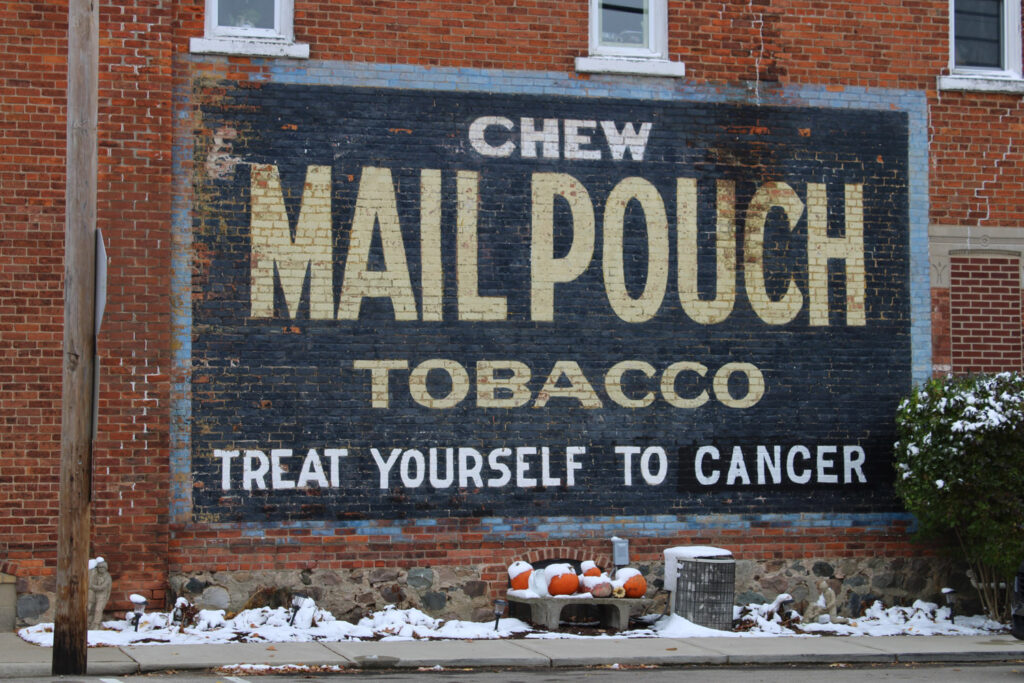John Brisker once said, “In Detroit, if you’re tough enough, they name playgrounds after you.”
Brisker was the roughest, toughest, most hard-knuckled professional basketball player you’ve never heard of. And his all-star career—and life—was believed to be cut short by an all-consuming temper.
This year marks the 40th anniversary of Brisker’s official death. The exact date has never been determined. The last contact with him was a phone call from Uganda on April 11, 1978, three years after his last NBA game. Brisker, a 6-foot-5, 230-pound black man, had become interested in getting back to his roots in Africa.
He was raised in Detroit’s projects, where he was a high school star at Hamtramck and made first team All-State in basketball in 1965. Based on interviews with friends, family, and former teammates of Brisker, newspaper articles have speculated Brisker died in the infamous Jonestown Massacre in Guyana in 1978. Or maybe he was shot and killed in Uganda after serving as the bodyguard for that country’s dictator, Idi Amin. Or maybe he was fighting with rebels against Amin and was captured and executed by a firing squad.
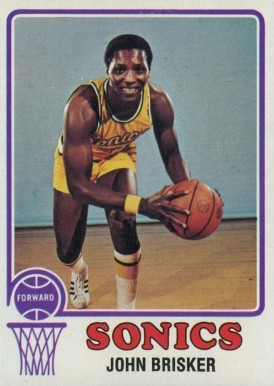
Or maybe he never died at all, despite being declared dead by the government in 1985 at age 38. Maybe he just wanted to escape creditors.
What is far more certain is that when he was alive, he instilled fear into opposing teams and his own teammates as a star in the chaotic American Basketball Association.
Denver Rockets coach Alex Hannum called for Brisker’s suspension after Brisker punched out his player during a 1971 game. In 1972, Carolina Cougars coach Tom Meschery called Brisker the most exciting player in the upstart ABA. Brisker averaged 28.9 points a game that year. His per-game scoring average is third-highest in the history of the ABA, behind only Hall of Famers Rick Barry and Julius Erving.
A Brawling ‘Beast’ on the Court
Sometimes, a player’s career is measured by a rival. Magic Johnson had Larry Bird. Michael Jordan had Isiah Thomas. John Brisker had Wendell Ladner.
Ladner was a 6-foot-5 white forward, an enforcer who was born and raised in Mississippi. It was reported that while flying into Washington, D.C., Ladner saw the Washington Monument.
“I bet that’s the Washington Post,” Ladner is reputed to have said.
“Wendell doesn’t know the meaning of the word fear, or a lot of other words, either,” ABA’s Kentucky Colonels coach Babe McCarthy said.
That made sense, because it was not smart to tangle with Brisker. But Ladner did. Again. And again. And again.
One game, Ladner and Brisker started fighting moments after the opening tip off.
Ladner went into the Pittsburgh Condors’ locker room before the next game, found Brisker and asked, “Hey, John, you wanna fight right now or wait for the game?”
In 1971, Brisker hit Denver Rocket Art Becker in the face just two minutes into the game. Becker, a lanky 6-foot-7 forward who looked like Richie Cunningham from “Happy Days,” suffered a bloody nose.
“It was the cheapest shot I’ve ever seen in basketball,” Denver coach Alex Hannum told reporters after the game. “Art was just fronting him. Art’s not a vicious person, and to let a beast like this loose is a crime. I’m calling the commissioner and demanding the suspension of this animal.”
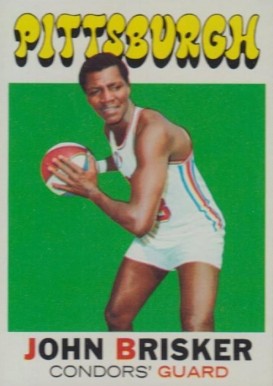
Teammates said Brisker carried a pistol around with him while playing in the ABA and when triggered would take it out during practice and wave it around.
“He was an excellent player, but say something wrong to the guy and you had this feeling he would reach into his bag, take out a gun, and shoot you,” Pittsburgh Piper teammate Charlie Williams said about Brisker, according to “Loose Balls,” a book by Terry Pluto on the ABA.
Brisker got in a fight in Pittsburgh in 1971 after a World Series game over who had the rights to a taxi. When police intervened, Brisker fought four police officers and sent two of them to the hospital.
In 1971, the ABA’s Utah Stars had an up-and-coming star named Willie Wise, who had become embroiled in a hotly contested competition with Brisker over who was the best forward in the league.
“That’s all I’ve been hearing—Willie Wise, the complete forward,” an annoyed Brisker told reporters before playing against Wise. “It bugs me. Suddenly, because he’s playing with experienced players, because he has a big center to work with, he’s the best all-around forward. I don’t dig that.”
Brisker told a reporter that he was going to bust up Wise the next time he played against Utah.
Utah, not wanting to pass on a promotion in a league starved for attention, scheduled a “John Brisker Intimidation Night.” Utah hired six professional boxers to stand behind the bench in case Brisker decided to follow through on his threat.
Media accounts during the 1970s described Brisker as a “wild-tempered brawler,” “Mr. Mean of the ABA.” “The guy who beats up cops.” “Trouble waiting to happen.” “A danger signal.”
And “the ABA heavyweight champion.”
“I don’t know where I got the reputation of being the heavyweight champion of the American Basketball Association,” Brisker told a reporter in 1972. “Well, to tell you the truth, I guess I got it from the guys I beat up.”
A Fighter From Detroit
There is little that is known about the life of John Brisker in the Detroit area before he became a professional basketball star. What has survived is just what he told reporters.
And that is: His mother was Ernestine Brisker, who raised John, his brother Ralph, and a sister. They lived in what was described as Detroit’s west-side ghetto. Ernestine separated from her husband when John was 5 years old. His mother sold clothes and did odd jobs to pay the bills.
Brisker said in an interview with SPORT magazine in 1972 that growing up poor in Detroit led to a lifetime of fighting.
“We moved 15-20 times when I was growing up, getting out of places because we couldn’t pay the rent. When I started high school, I lived at the back end of a project. There was a basketball court 15 feet from our door. It was all dirt then. I had a lot of things frustrating me, so I’d take my frustrations outside and get rid of them shooting a basketball. I used basketball to forget living in that place,” he said. “I knew by then there were better things, that other people had nice things. I’d ask myself: Why can’t we have them? I’d go from the project to school to a job and back to the project. I got to asking if there wasn’t something else.”
“About the only way to get out of there was fight your way out or play basketball,” Brisker said. “I guess I tried a little of both.”
Brisker played football and basketball in high school. His basketball teams in his final two years were ranked in the top two in Class A. His senior year, one of his teammates was NBA Hall of Famer Rudy Tomjanovich, who would go on to star at the University of Michigan and Houston Rockets. The Basketball Coaches Association of Michigan recognized Brisker as the second-best player in the state in 1964-65.
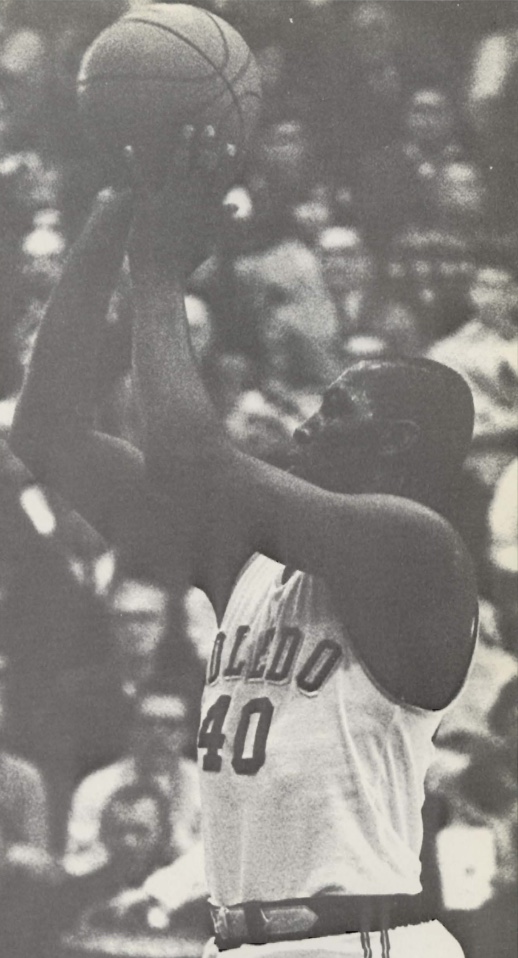
Brisker played college basketball at the University of Toledo, although his reasons should have led to NCAA infractions.
“Toledo made me the best offer, car, apartment, wardrobe,” he told SPORT magazine in 1972. “Man, I asked, ‘Where do I sign?’ I didn’t care what school it was. But when I got there, I saw people against me because of my color. I hadn’t experienced prejudice before, and I started asking questions. I didn’t get any answers. I changed then. I got hostile. I wanted to know why I couldn’t live in this world, too. I’m still asking.”
How good an athlete was Brisker? His senior year, he decided to give football at try at Toledo. He ended up being the team’s second leading receiver and caught the attention of the Dallas Cowboys, who tried to get him to play in the NFL.
In his senior year at Toledo, Brisker chose to play professional basketball in the ABA. By 1973, the life of poverty in the projects of Detroit was a memory. In 1973, Brisker was reportedly making $170,000 a year with the NBA’s Seattle Supersonics. In 1975, it was reported Seattle bought him out of his contract for $325,000, or nearly $2 million when adjusted for inflation in today’s dollars.
But after his playing career, Brisker began chasing something more than money.
Did Brisker Die in Cult’s Jonestown Massacre?
NBA Hall of Famer Spencer Haywood told the Pittsburgh Post-Gazette in 2017 that Brisker had become interested in “going back to his roots” in Africa and started reading books about it. Haywood said he wasn’t certain but thinks that Brisker had a picture of himself with Idi Amin and showed it to Haywood.
And that was the last time Haywood saw him.
Ralph Brisker, the older brother of John, told the Associated Press that his brother had visited Africa in 1974 and purchased land in Nigeria.
Much of what was reported in newspapers was hearsay, speculation, and rumor.
Letters from Brisker from people he traveled with stated that Brisker left Liberia for Uganda in March 1979 and then disappeared. The FBI and State Department investigated and told Brisker’s family they were not able to find evidence that Brisker had even entered Africa.
The Pittsburgh Press reported that Tomjanovich was told by “a friend of a friend” that Brisker died in Guyana in the infamous Jonestown Massacre and the mass suicide of Jim Jones’s cult in 1978.
“Although it has yet to be confirmed, the most popular theory is that Brisker was shot and killed in Uganda,” the AP reported.
Slick Watts, who played with Brisker in the NBA with Seattle, knows only rumors of how Brisker died. And he said it was that infamous temper that did him in.
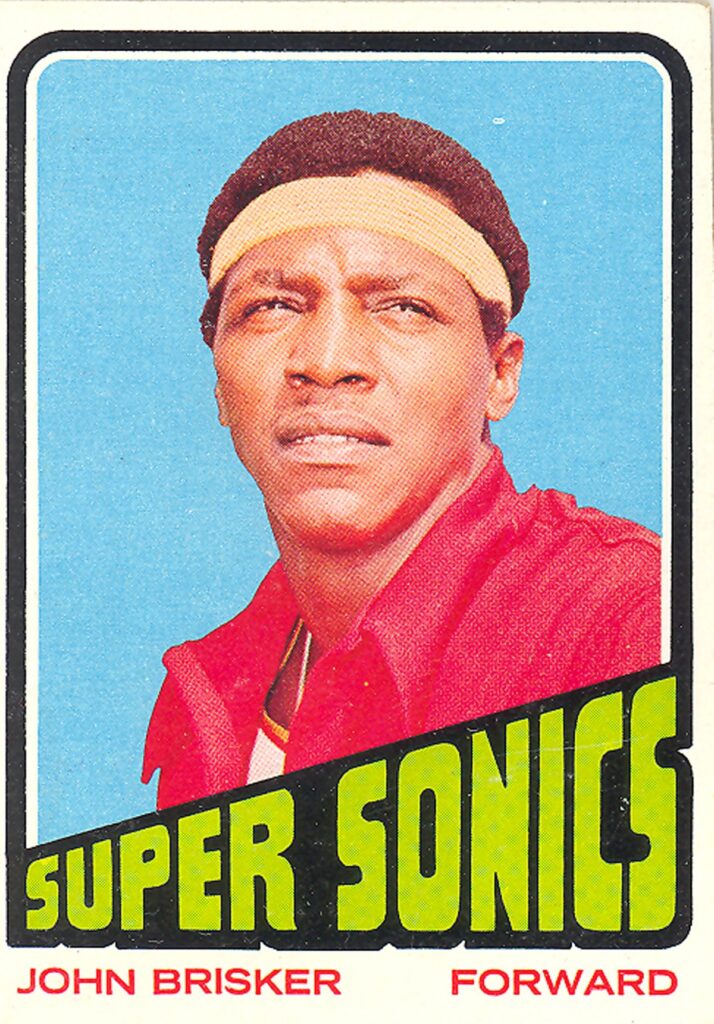
“They said he was sitting at a table with one of those kings over there, and Brisker wouldn’t relate to the argument or agree with it,” Watts told the Pittsburgh Post-Gazette in 2017. “In that country, you don’t dishonor the king. And Brisker had one of those grrrrr moments, and they said the guy had his gun covered up like a turkey was in it. He moved it and pew. Shot him. That’s the legend anyway.”
“Often, in the quiet moments of my life, when I think about my teammates, I think about him,” Watts said. “I wonder, ‘Is John really dead?'”
On May 29, 1985, King County Superior Court in the state of Washington issued an order declaring Brisker to be presumed dead so his estate could be settled. Brisker had different children with different spouses, according to The Associated Press.
His only known assets were a $38,669 pension from the NBA.
The stories that have outlived Brisker usually have something to do with rival Wendell Ladner. Ladner died in 1975 in a plane crash. His body was identified by the ABA championship ring that he won in 1974 with the New York Nets.
Today, there is a road in Perkinston, Mississippi, named after Wendell Ladner, not far from where he was born.
In 1985, the Pittsburgh Press reported there was a playground about 50 yards behind his mother’s backdoor on the border between Hamtramck and Highland Park. It was reportedly named after John Brisker.
But there is no record of it today.
Tom Gantert is a contributing writer for Michigan Enjoyer.
